 |
Dan |
 |
August 24-September 3:"DNR ecologists Kurt Rusterholz, Norm Aaseng, and I spent a week helping Mike Lee with rare plant and vegetation survey work near Caribou Lake in the BWCA. Among the highlights of the trip were finding populations of the rare plants awlwort (Subularia aquatica), American shore-plantain (Littorella uniflora), and lavender bladderwort (Utricularia resupinata) in shallow water along the shores of several lakes in the area, and visiting a recently burned pine stand near Gaskin Lake that had originated after a fire in 1610 and was one of the oldest patches of forest in the BWCAW."
 | 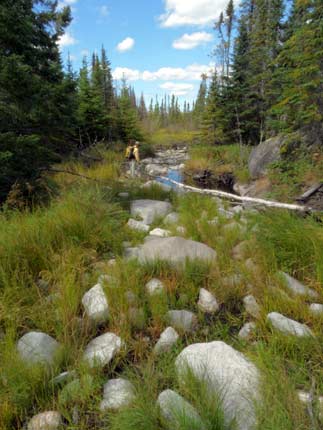 | 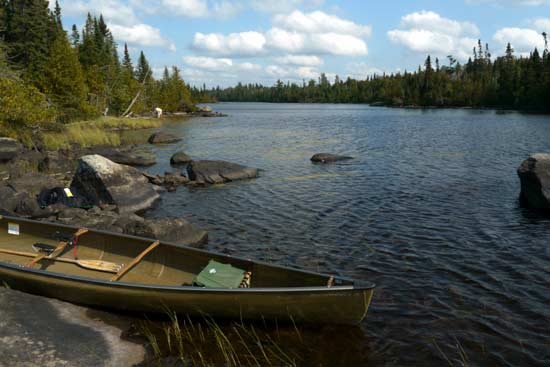 | 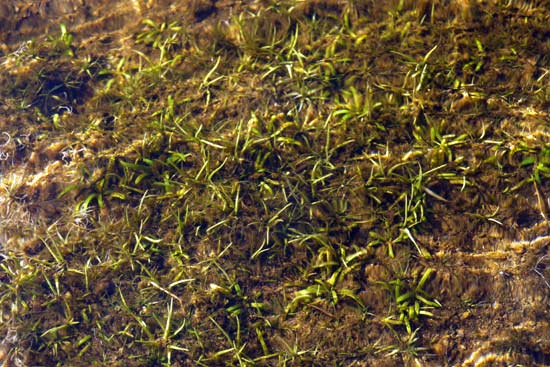 | 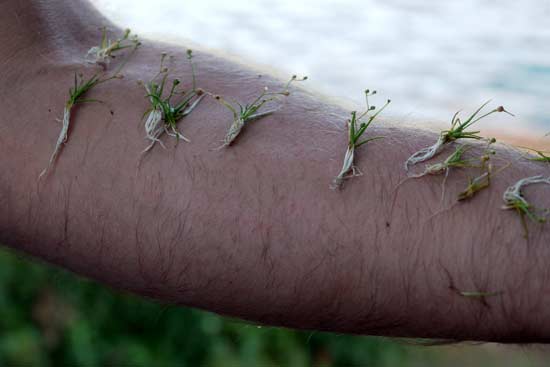 | 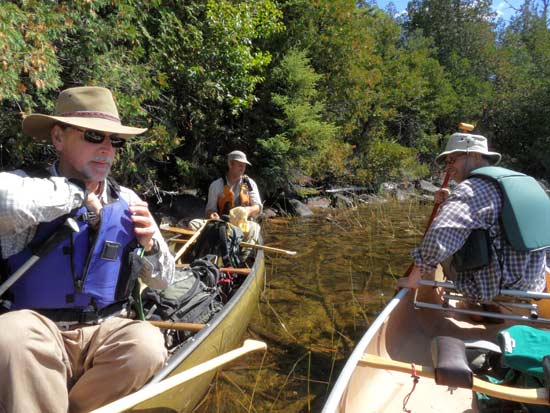 | 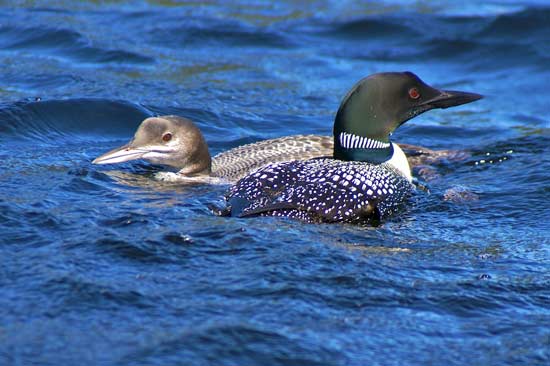 |  |  |  | 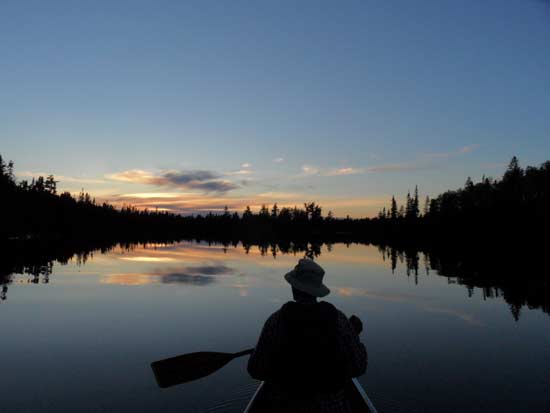 | 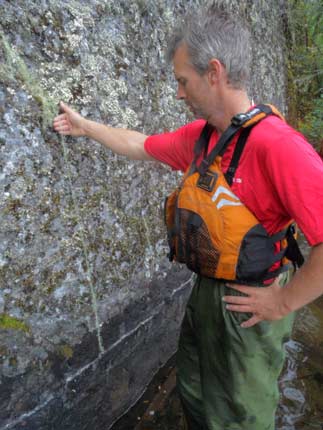 |
 |
Stacey |
 |
August 17-27:"Took a trip up to the BWCAW to assist MCBS Northern Coordinator/Plant Ecologist Lawson Gerdes from August 17—27. We entered through Sea Gull Lake, and spent some time on Alpine Lake and Grandpa Lake. We found a few rare aquatic species, and got to see some of the areas that burned 35 years ago and more recently. We had some wildlife sightings, including bald eagles, common mergansers, common loons, tree frogs, a red-necked grebe, and lots of moose, bear, and wolf droppings. We had beautiful weather, with the exception of one scary thunder and lightning storm early one morning, and heavy winds the day we were trying to paddle out (~ 15 mph). The wind stranded us behind a rock outcrop in a bay right before the turn to our entry/exit point off Sea Gull. The rock outcrop was so long, edgy, and intimidating to go around, that we nicknamed it "The Dragon's Toe". Eventually we decided to carry our packs and canoe by foot across The Toe, and we made it out."
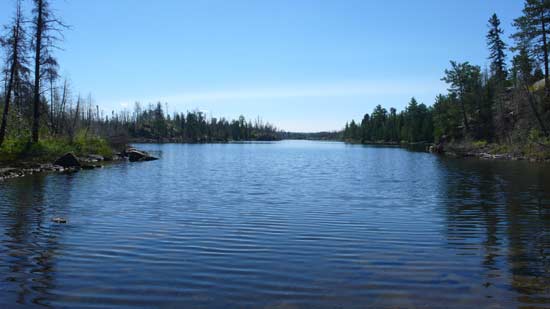 | 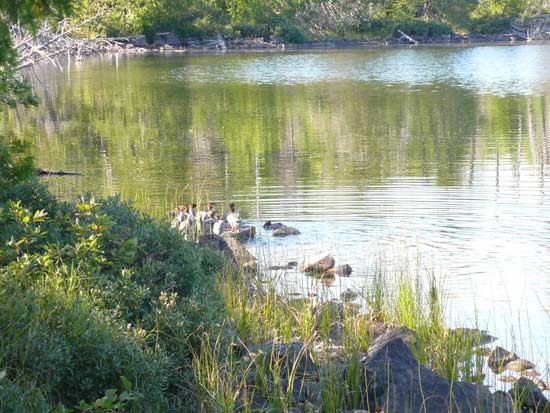 | 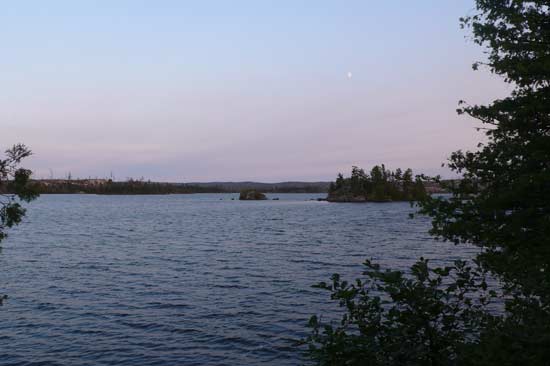 | 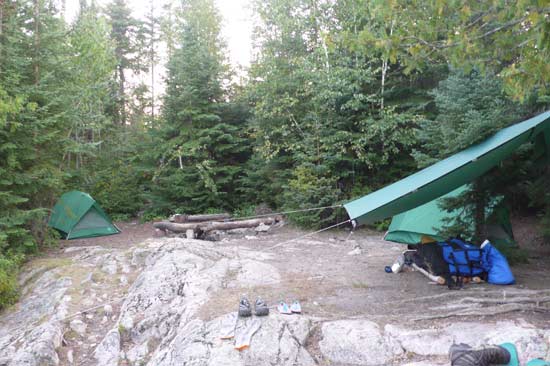 | 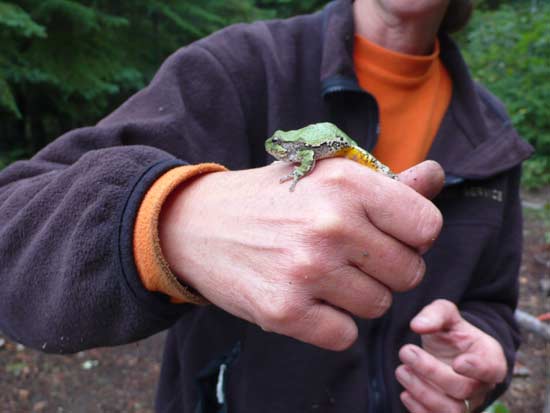 | 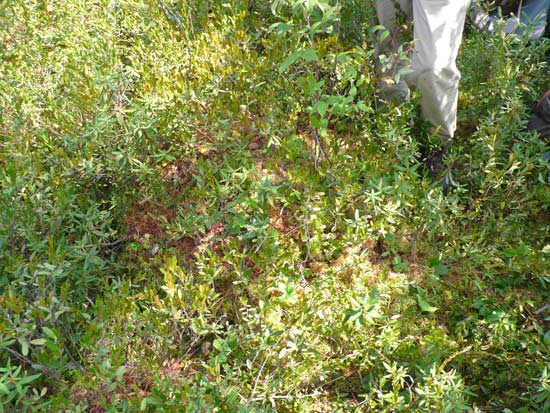 |  | 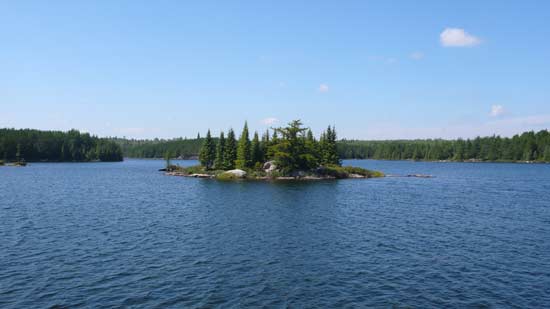 |
 |
Erika |
 |
August 17: "I spent last week surveying Red Lake Peatland in Beltrami County with Norm Aaseng (co-worker and resident DNR peatland 'guru') and Dr. Paul Glaser of the University of Minnesota, who studies groundwater-peatland interactions and gas exchange in large peat basins."
 |  |  |  |  |  | |
 |  |  |  |  |  |  |
 |
Jason |
 |
July 19: Jason Johnson reports that he has been surveying some interesting, large wet meadow and rich fen complexes on the Red Lake Reservation in Clearwater County and will be investigating potential calcareous fens elsewhere in the county this week with Welby Smith. Two pairs of sandhill cranes (with colts) have taken up residence in the yard of his fieldhouse near Leonard.
 |
Dan |
 |
July 12-14:"I helped Fred Harris set up vegetation monitoring plots at Chippewa Prairie Preserve and Lac qui Parle Wildlife Management Area near Appleton. The Nature Conservancy and the DNR are planning to introduce cattle grazing to the prairie management regimen at Chippewa Prairie and Lac qui Parle. Managers are hopeful that grazing can be used to reduce the presence of the exotic species smooth brome grass and sweet clover at the prairie and at the same time to create habitat for certain native grassland species–such as marbled godwits and upland sandpipers– that favor shorter vegetation. Before grazing begins, Fred is establishing and surveying a network of paired vegetation plots in the best-quality areas of prairie at the site. One plot will be fenced off from cattle and the other nearby plot will not be. Fred and other ecologists are recording the cover and frequency of prairie plants in the plots, then will resurvey the plots every two years afterward to track the influence of grazing. Information from the monitoring project ideally will provide guidance for grazing management that creates habitat for those native species that do best in shorter vegetation without reducing numbers of uncommon native plants that tend to decrease with too much grazing."
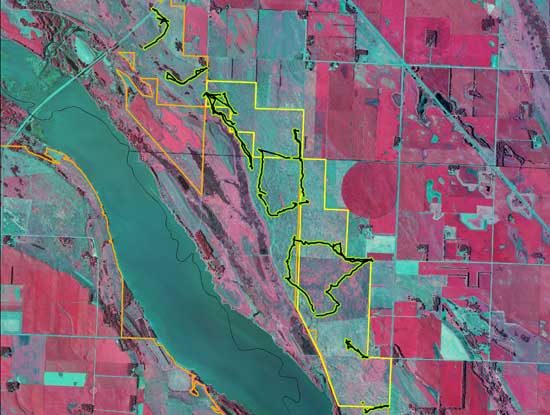 | 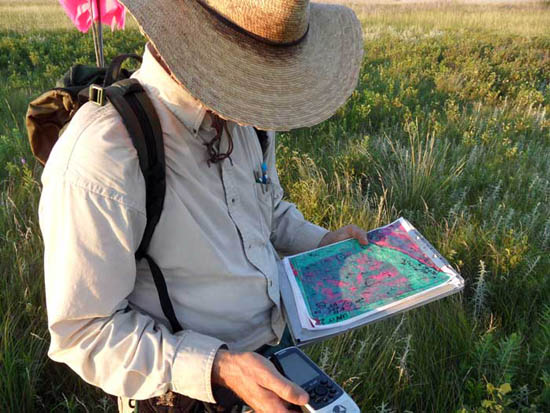 |  |  |  | 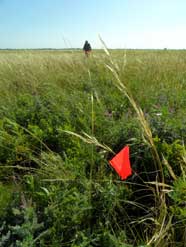 | 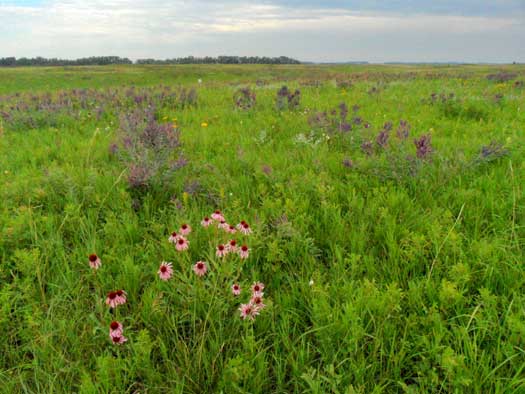 | 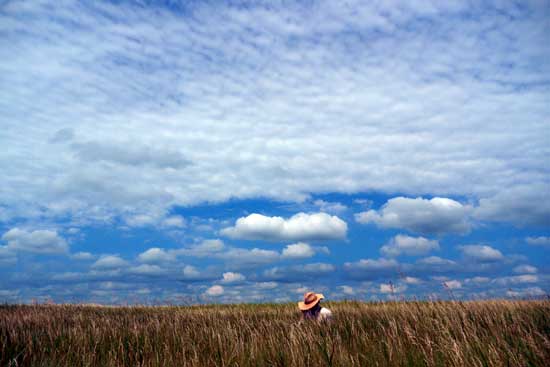 | 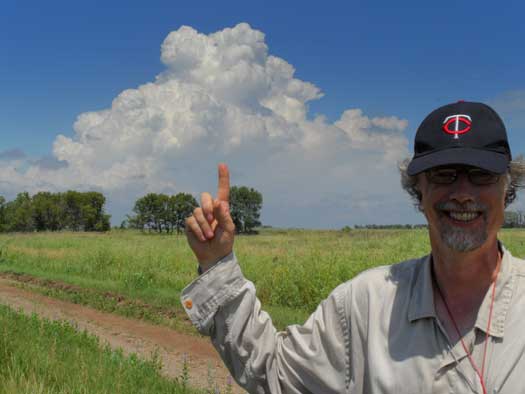 | 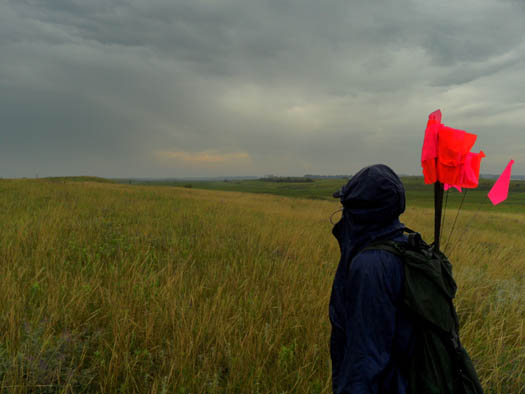 | 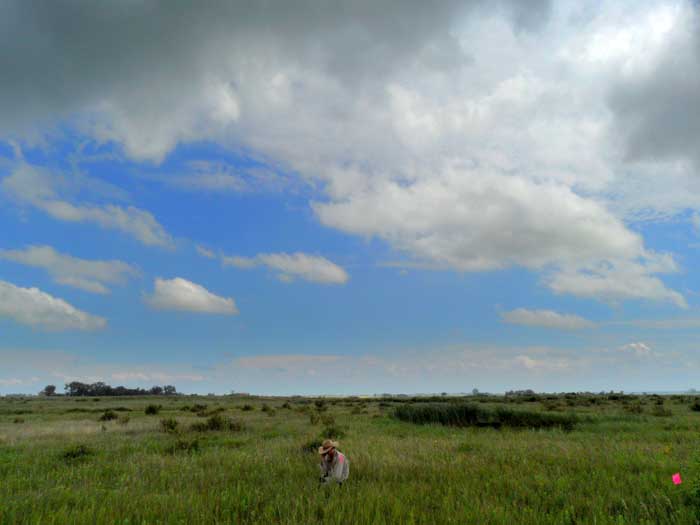 | 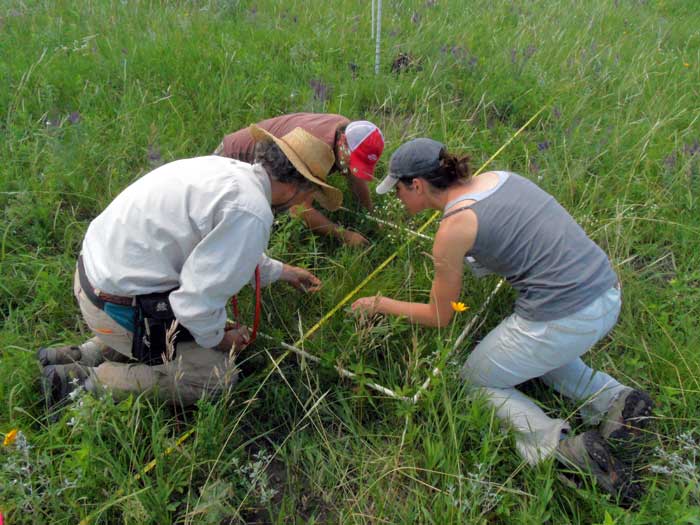 |
 |
Robert |
 |
June 18:" I got back from moth surveys in the western prairie remnants last night. Seven days of this work, usually starting ca. 9:30 and ending 21:00, exhausted me. And what was with the weather?–low clouds, mist/rain every day but the 2nd and last! Fortunately, nocturnal moths aren't as squeamish about such conditions as butterflies are, but I found it wearing. Live moths can somehow stay dry, but in the traps they easily become bedraggled and soggy and ruined. And big midges just love the wet! The light trap catches in Plover Prairie and the non-native grassland nearby were overwhelmed by these little wonders. As a parting gesture, dying female midges give up their eggs, which are embedded in a mass of very sticky jelly, coagulating the dead insects in the trap into a nasty mess. Most of the moths so entombed are identifiable to species only with hours of work. To my relief the problem was not nearly so bad at the other sites where I worked, or I would have given up the project. My field headquarters was a trailer at Big Stone National Wildlife Refuge, where the lawn is full of buffalo grass (Buchloe dactyloides), a Great Plains species that is rare in Minnesota. It occurs here only in a few natural populations on rock outcrops in the southwestern part of the state. I asked around but no one knew how it became part of the lawn around the trailer."
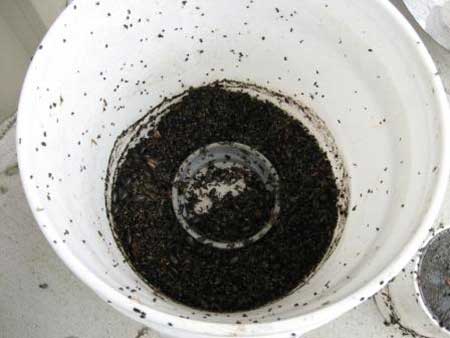 |  |  | 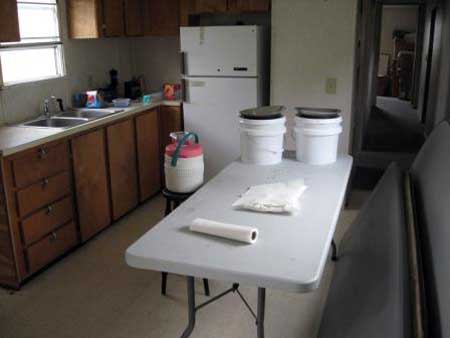 | 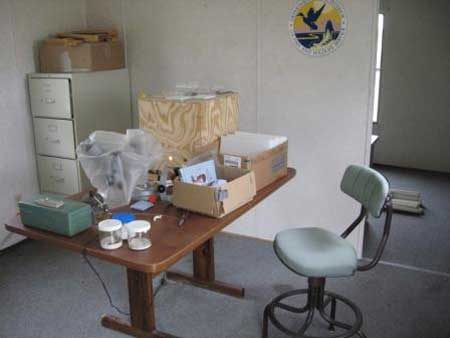 |
 |
Derek Anderson, |
 |
"On June 15, I was invited to a landowners home to investigate a population of Great Indian Plantain (Arnoglossum reniforme). The land owner tells me that he cleared buckthorn and boxelder from land he owns along a small creek in Mower County. The following year, the plant appeared. We walked along the creek, and found several hundred flowering plants."
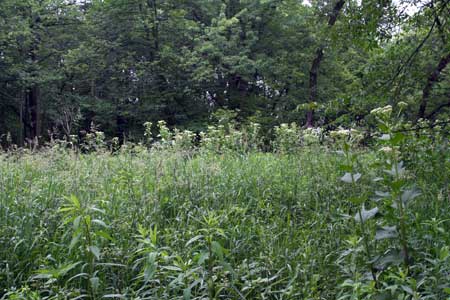 |  |
 |
Stacey |
 |
June 7–11:"Bryophyte workshop training! Mosses are fascinating...I learned a LOT, and got to reconnect with my first field experience location working for MCBS—Norris camp in Roseau County. Plus it rained every day, and we were sleeping in tents, so our group got bragging rights over the first group, who had beautiful weather their training week in May ;)"
 | 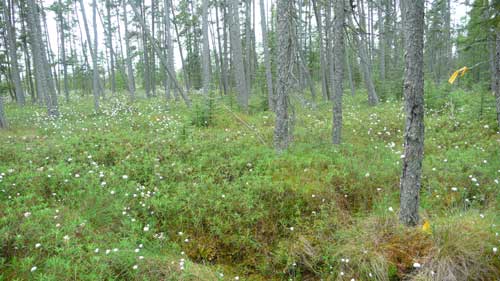 | 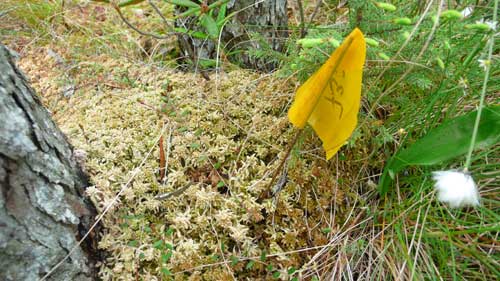 |
 |
Robert |
 |
"In mid-May when I was scouting out sites for my prairie moth study I put up a sheet and light on the edge of Chippewa Prairie and took an uncommon moth that appears to be prairie dependent: Anicla (or Euagrotis) tenuescens, one of the cutworm moths. The only information about the biology of this species we have is from a larva I discovered in a Lincoln County prairie many years ago feeding on prairie dropseed (Sporobolus heterolepis), This moth has a limited distribution, mostly to the west of MN, but there are a handful of MN records, increased now by one."
 |
 |
Derek Anderson, |
 |
"During the week of May 17th, 12 volunteers assisted with surveys for green dragon. Our surveys were focused in Steele and Mower Counties, where we ended up finding plants in 4 of the 5 sites we visited."
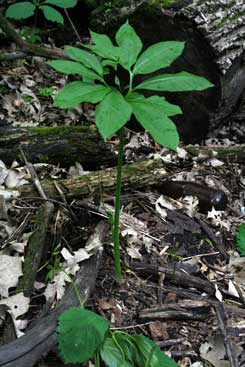 | 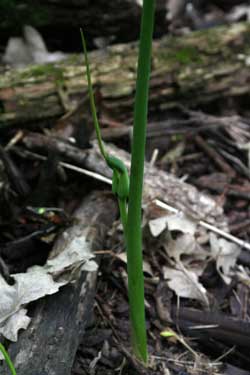 | 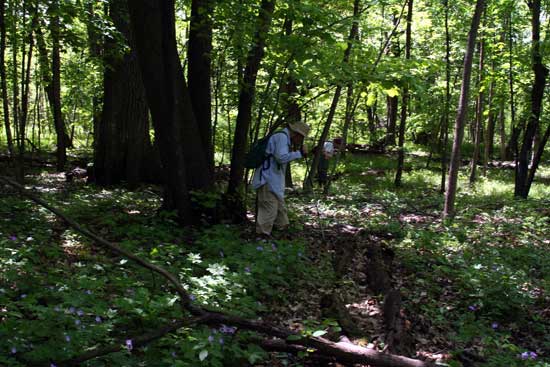 | 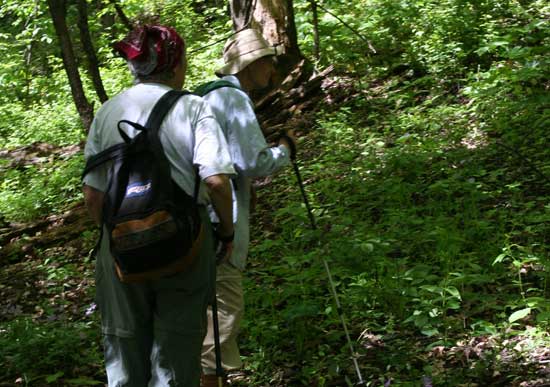 |  |
 |
Derek Anderson, |
 |
"On April 27, I walked into an unusual setting where wild leeks (Allium tricoccum) dominated the ground layer in a forest of southern Minnesota."
 |
 |
Jeff LeClere, |
 |
"In mid April I performed a preliminary survey for Rat snakes (Elaphe obsoleta) in southeastern Minnesota. Rat snakes are very uncommon in Minnesota, so I was pleasantly surprised when we found six of them near their den."
 | 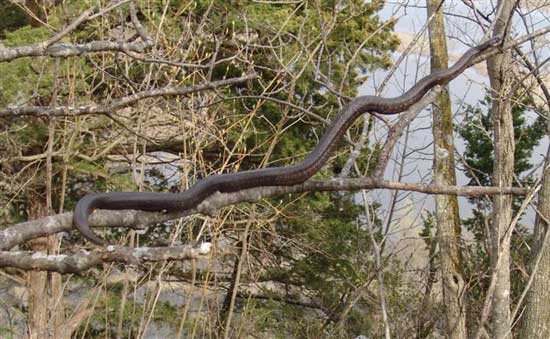 |
News from the Field 2009

